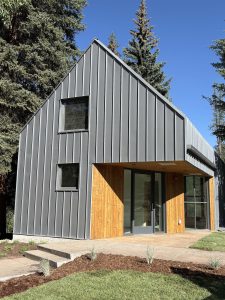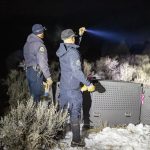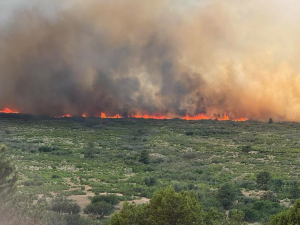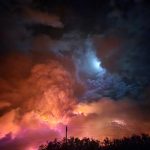Vail-area snowpack still lags behind historic median levels
At this point, a cool spring would be most welcome

The massive storm that hit Colorado’s Front Range over the weekend didn’t do much to aid the local snowpack. And that snowpack continues to lag behind the 30-year median.
According to the latest numbers from U.S. Department of Agriculture’s measurement sites at Vail, Copper Mountain and Fremont Pass, the snowpack, as measured in “snow water equivalent,” is 90% or less of the 30-year median. Copper Mountain is the closest measurement site to Vail Pass, and Fremont Pass is the closest measurement site to the headwaters of the Eagle River. Vail Mountain’s measurement is the lowest of the three, at 76% of the 30-year median.
That isn’t good news, but things could be worse.
This season’s accumulation at Vail has already passed the peak snowpack recorded in 2011-2012, the lowest year on record. Snowpack is near or past the peaks recorded in the lowest years on record at Copper Mountain and Fremont Pass.
But just as important as the snow itself is how quickly it melts, and how much of that snow melts into parched soils before it flows into local streams.

Support Local Journalism

More heat, more evaporation
Hannah Holm of the Ruth Powell Hutchins Water Center at Colorado Mesa University said early snowmelt also exposes bare ground, which heats up more easily than snow. More heat means more evaporation, which also means less water flowing into streams.
And those dry years have become more and more frequent. Diane Johnson, the communications and public affairs manager for the Eagle River Water & Sanitation District, noted that three of the four lowest snow years on record have come in the past decade.
“We’re not just responding to a one-year drought,” Johnson said, adding that people in the water supply business are calling this 20-year drought cycle a “millennium drought.”
Johnson added that simple snowpack measurements are only part of a fairly complex equation for water supplies.
As Holm noted, it’s important how quickly snow melts in the spring. Johnson said that one of the lowest snow years on record, 2001-2002, had the benefit of a cool spring to keep the limited snowpack on hillsides.
What happened to the monsoon?
Another factor is the presence, or absence, of summer rains, usually in July. Those “monsoon” rains are critical to maintain streamflows, which are essential for both water supply and aquatic life.
Those summer rains haven’t show up for at least the past couple of years.
Then there’s the fact that summers have been getting warmer, a trend that seems to be fairly set.
“All the climate models are all over the place,” Holm said. “But they’re all in agreement that it’s going to keep getting hotter.”
The near-term climate models don’t seem to be providing much help, either, with long-term models for the next few months showing a tendency toward warmer temperatures and less precipitation.
Johnson said that the current cycle “may or may not” be part of a new normal. But dealing with reduced water supplies is part of a new normal.
“This is a story we all really need to be paying attention to,” Johnson said. “The end game for (water customers) is reducing their water use.”
78%: March 15 percentage of the 30-year median “snow water equivalent” on Vail Mountain.
88%: March 15 percentage of the median snow water equivalent at Copper Mountain.
89%: March 15 percentage of the median snow water equivalent at Fremont Pass.
88%: March 15 percentage of the median snow water equivalent across the Colorado River basin in Colorado.











